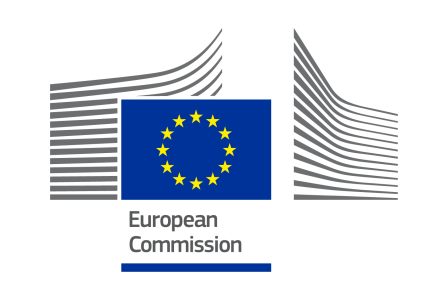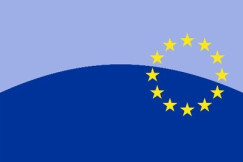Policies
01 April 2025
Chemicals Strategy for Sustainability
Policies
01 April 2025
1. Healthy, balanced and sustainable diets for all European consumers
2. Prevention and reduction of food loss and waste
3. A climate - neutral food chain in Europe by 2050
+4 more
Login / create an account to be able to react
-
27

In The EU already has sophisticated chemicals laws in place, but global chemicals production is expected to double by 2030. The already widespread use of chemicals will also increase, including in consumer products.
The European Commission published a chemicals strategy for sustainability on 14 October 2020. It is part of the EU’s zero pollution ambition, which is a key commitment of the European Green Deal.
Editorial team
European Commission - DG ENV
Topics
EU-27
EU Institutions
-
CoC aspirational objectives
-
-
1. Healthy, balanced and sustainable diets for all European consumers
-
2. Prevention and reduction of food loss and waste
-
3. A climate - neutral food chain in Europe by 2050
-
4. An optimised circular and resource-efficient food chain in Europe
-
5. Sustained, inclusive and sustainable economic growth, employment and decent work for all
-
6. Sustainable value creation in the European food supply chain through partnership
-
7. Sustainable sourcing in food supply chains
-
Share
Objectives:
The EU’s chemicals strategy aims to
- better protect citizens and the environment
- boost innovation for safe and sustainable chemicals
Actions:
- banning the most harmful chemicals in consumer products - allowing their use only where essential
- account for the cocktail effect of chemicals when assessing risks from chemicals
- phasing out the use of per- and polyfluoroalkyl substances (PFAS) in the EU, unless their use is essential
- boosting the investment and innovative capacity for production and use of chemicals that are safe and sustainable by design, and throughout their life cycle
- promoting the EU’s resilience of supply and sustainability of critical chemicals
- establishing a simpler “one substance one assessment” process for the risk and hazard assessment of chemicals
- playing a leading role globally by championing and promoting high standards and not exporting chemicals banned in the EU
Implementation of the Chemicals Strategy: The Chemicals Strategy for Sustainability outlines over 80 actions, and sets an indicative timing for their implementation. The Commission provides a regular update of the state of implementation of the actions in the tracking table.
Related legislation:
Communication COM/2020/667 Chemicals Strategy for Sustainability Towards a Toxic-Free Environment
The Chemicals strategy for sustainability promped several legal revisions
- Revision of the Regulation on the Registration, Evaluation, Authorisation and Restriction of Chemicals (REACH)
- Revision of EU legislation on hazard classification, labelling and packaging of chemicals (CLP)
- Revision of EU rules on food contact materials
- Revision of the Industrial Emissions Directive
- Sustainable Product Initiative
Comments (0)
See also
EU Social Dialogue
- Categories
- 2. Prevention and reduction of food loss and waste 3. A climate - neutral food chain in Europe by 2050 4. An optimised circular and resource-efficient food chain in Europe +3 more
Interreg PROGRAMME
- Categories
- 2. Prevention and reduction of food loss and waste 3. A climate - neutral food chain in Europe by 2050 4. An optimised circular and resource-efficient food chain in Europe +3 more
European Climate law
- Categories
- 2. Prevention and reduction of food loss and waste 3. A climate - neutral food chain in Europe by 2050 4. An optimised circular and resource-efficient food chain in Europe +3 more




